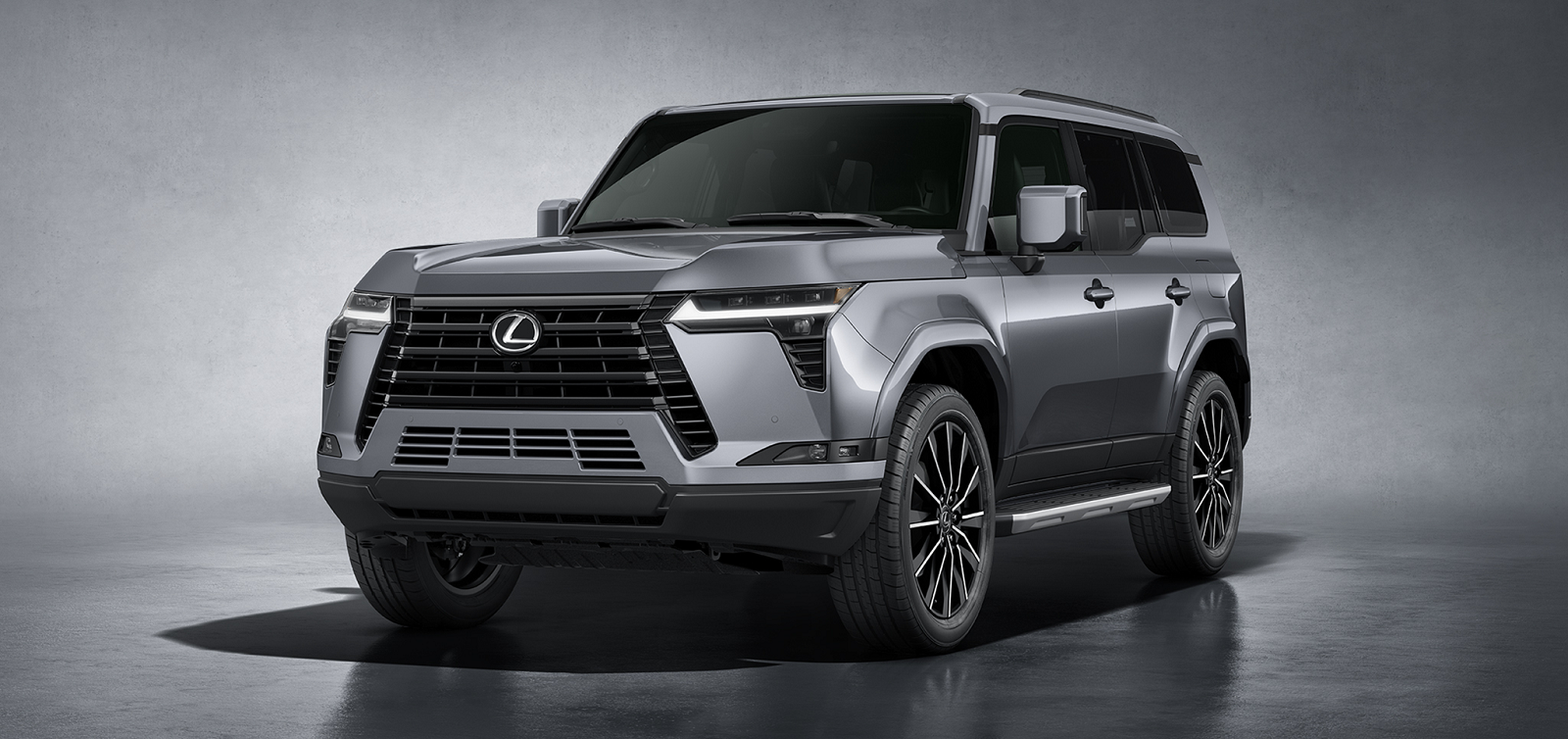News Release’╝ÜPioneer Introduces New DVD Car Navigation Products
Information contained in the news release is current as of the date of announcement.
It is subject to change without prior notice.
Pioneer Corporation
Pioneer Introduces New DVD Car Navigation Products
Tokyo, Japan, May 7, 1997 ------ Pioneer Electronic Corporation announced the introduction of its DVD Car Navigation System and related products to the domestic market.
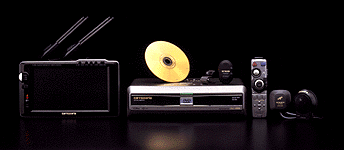

In 1990, Pioneer succeeded in introducing the industry's first commercial use GPS (Global Positioning System) Car Navigation System to the domestic market. Utilizing signals relayed from satellites, the navigation system could not only show where you are, but also show where things are. From airports and hospitals to restaurants and movie theaters, the CD-ROM map software was packed with useful data. Ever since, Pioneer has kept its reputation as one of the top in-car audio and navigation systems manufacturers, by constantly introducing new products equipped with innovating user-friendly features.
Through the evolvement of car navigation systems, the media of optical discs has also been showing a great change. In 1996, DVD made a fabulous debut with the introduction of DVD-Video and DVD-ROM formats. And today, Pioneer introduces a first in the industry DVD Car Navigation System to the domestic market.
Two Multi Car Computers, AVIC-D909 and AVIC-D707, 8 inch wide-screen color LCD display monitor (TV-W808), and other optional units are to be released in June 1997.
< Main Features of DVD Multi Car Computers >
The AVIC-D909 ( S.R.P. ¥230,000) and AVIC-D707 (S.R.P. ¥198,000) are equipped with a DVD-ROM player and 32bit RISC chip to assure a fast data reading speed from DVD-ROM software packed with 7.5 times more data compared to CD-ROMs. With the new "3 D (Dimension) Hybrid Sensor", positioning will be made not only by horizontal angles, but also vertically to allow more precise positioning. Also, as the two Multi Car Computers are ready for D-GPS (Differential GPS ; using FM broadcasting frequencies to send signals which correct the small positioning lag as GPS systems cannot adjust themselves), even more accurate positioning will become available when the service starts in May 1997. Some convenient features which used to be available as options, such as "Voice Control System", "FM Broadcast Receiver", and "Card Interface Memory Bank", will be installed in the car computers, an all in one piece ("Voice Control System" and "Card Interface Memory Bank" will come with AVIC-D909 only) .
Both car computers are ready for optional unit attachment. The "Over-Lay 12 Disc player CDX-R101 (S.R.P. ¥47,000)" which will not only replay endless music from CDs, but also provide additional traveling information, to be indicated (overlaid) on the displayed DVD-ROM map, from separately sold CD-ROM software. With the special cellular phone adapter, "CD-H60" (S.R.P. ¥12,800), and a cellular phone, direct phone calling will be possible with the use of the attached wireless remote control (telephone numbers found in the DVD-ROM software can also be chosen for direct calling). The "Card Interface Memory Bank" will enable data memory, data trading among drivers, and in the future, trading and modifying data between car computers and personal computers by using a PC card (the "Card Interface Memory Bank" will be only available in AVIC-D909).
< Features Provided by DVD Software and High-Speed Car Computer >
The new DVD-ROM software and AVIC-D909/D707 Multi Car Computers will provide clear 2D and 3D pictures of your preset route and its surroundings on the map displayed in a number of ways, by utilizing DVD-ROMs software and hardware characteristics (4.7GB of memory (7.5 times more compared to CD-ROMs), 10 times faster data reading speed compared to CD-ROMs).
"Sky-view" allows you to scroll anywhere horizontally and vertically on the map, to give you a view similar to one from a helicopter cruising in the sky. Names of special landmarks, main streets/intersections and highway intersections on your driving route, will pop-up in 3D pictures to give easy-to-understand visual contact. On the horizon of the map, mountains will be shown to allow the driver to recognize their bearings.
With "Niagara-view", drivers will be given the merits of both 2D and 3D pictures without separating the display. In the scrolling pictures of the map displayed on the monitor, the closest portion will be shown in 2D (vertically) and the furthest portion in the distance will be shown in 3D (horizontally) like a wide waterfall view. By having both pictures visible at the same time on the same monitor screen, drivers will have very easy view regarding distances all in one glance.
"Twin-view" will allow you to split the display in half, showing your current position on the right, and letting you scroll anywhere, with any size in either 2D or 3D pictures on the left side of the display.
VICS (Vehicle Information Communication System, a traffic data service which provides drivers with real-time traffic data information such as accidents, traffic jams, road construction, etc., which started in April 1996 in Japan) service information will be given in a more user-friendly way. Audible traffic information can be called upon with a single press of a button, or can even be set to provide information automatically when something occurs ahead of the preset course. Smooth, continuous up/down map zooming is possible in "Sky-view" and "Niagara-view".
A driver will have a choice of eight different routes calculated by the Multi-Car Computer, to reach the preset destination. The roads and narrow passages the driver usually uses, can be memorized through his drive so that they can be utilized for the calculation. "One Touch Real-time Reroute" will not only recalculate the driving route on the spot, but also reflect the real-time VICS information to the newly set course. Thereby avoiding traffic jams on the newly calculated route (the optional, "ND-B1" VICS Beacon Receiver (S.R.P. ¥59,800) will be needed). Destinations will be easily found by inputting either an address, facility name, telephone numbers (38 million personal numbers and 11 million numbers listed in the yellow-pages), or by selecting one of the millions of information listings (from genres, area, etc.) on the software, or even from automatically memorized data of destinations set in the past. Destinations can also be located by the use of the "Voice Control System" (available only in AVIC-D909), which will respond to anyone's voice to provide destinations, route calculations, rerouting and traveling guidance to desired locations, VICS information, map operation, changing TV channels (possible with TV-W808), with a few audible words. The menu for operations are given in three levels. The "Beginners-Menu" can guide beginners through a lot of detailed visual instructions, a "Short-Cut Menu" for users who do not need detailed instructions and can take short-cuts through the instructions, and a "Direct-Key" button for users who do not need any guidance concerning operations, which will directly guide you to your destination with the least amount of operation. All sorts of information will be given with audible guidance (starting with when and where to turn, highway fees and highway junction information, dangerous areas such as railway crossings) and every two hours the driver will be asked to take a rest.
< Specifications >
* AVIC-D909/D707
- GPS Signal Receiving System :8 channel multi-channel receiving system
- Speaker (with sensor for remote) : speaker diameter : 36 mm
- Dimensions W(mm)xH(mm)xD(mm) Weight(kg)
Multi Car Computer : 277.0 75.0 233.7 3.3
GPS Antenna : 51.0 52.0 15.0 0.13
Remote Control : 40.0 140.5 38.5 0.09
(with battery)
Steering Wheel Remote Control: 34.7 56.0 20.2 0.02
(D909 only)
Speaker: 58.0 70.6 22.5 0.18
(with sensor for remote)
* TV-W808
- Monitor Part
- Screen Size : 8.0 inch wide-screen
- Number of Pixels : 336,960 (234 x 1,440)
- Display Method : TFT Active Matrix System, Transparent Type
- Built-in Speaker : φ;36 mm
- TV tuner Part (hide-away unit)
- Reception Channel : VHF1-12ch, UHF13-62ch
- Usable Sensitivity : 20 dBf (monaural, 75 ohms)
- Video Signal-to-Noise Ratio : over 40dB
(65dBf Video Input,white 100%) - FM Transmission Frequency :77.5/77.7/77.9/78.1/78.3MHz
- TV Antenna Part
- Outputs : φ3.5 mini plugs x 4
- Antenna Cable Length : 6.0 m
- Dimensions W(mm)xH(mm)xD(mm) Weight(kg)
TV Tuner part : 267.0 200.4 33.2 1.5
Monitor Part : 235.8 135.3 37.4 0.75
TV Antenna : 30.0 186.0 35.7 0.3 (with one cord)
* CDX-R101
- Frequency Range : 5-20,000Hz (±1dB)
- Signal-to-Noise Ratio : 92dB (IHF-A)
- Harmonic Ratio : 0.005% (1kHz)
- Dimensions : 261.0(W)x93.5(H)x182.5(D) mm Weight : 2.4kg
Search for Other resources
Search for Keyword
Search by date
-
January 6, 2026ProductsPioneer Launches New Digital Multimedia Receiver in North America, the WorldŌĆÖs First Aftermarket
Spatial Audio In-Dash Receiver to Feature Dolby Atmos Playback in Apple CarPlay®
Experience the breakthrough aftermarket solution bringing immersive Dolby Atmos sound to vehicles already on the road, showcased at CES2026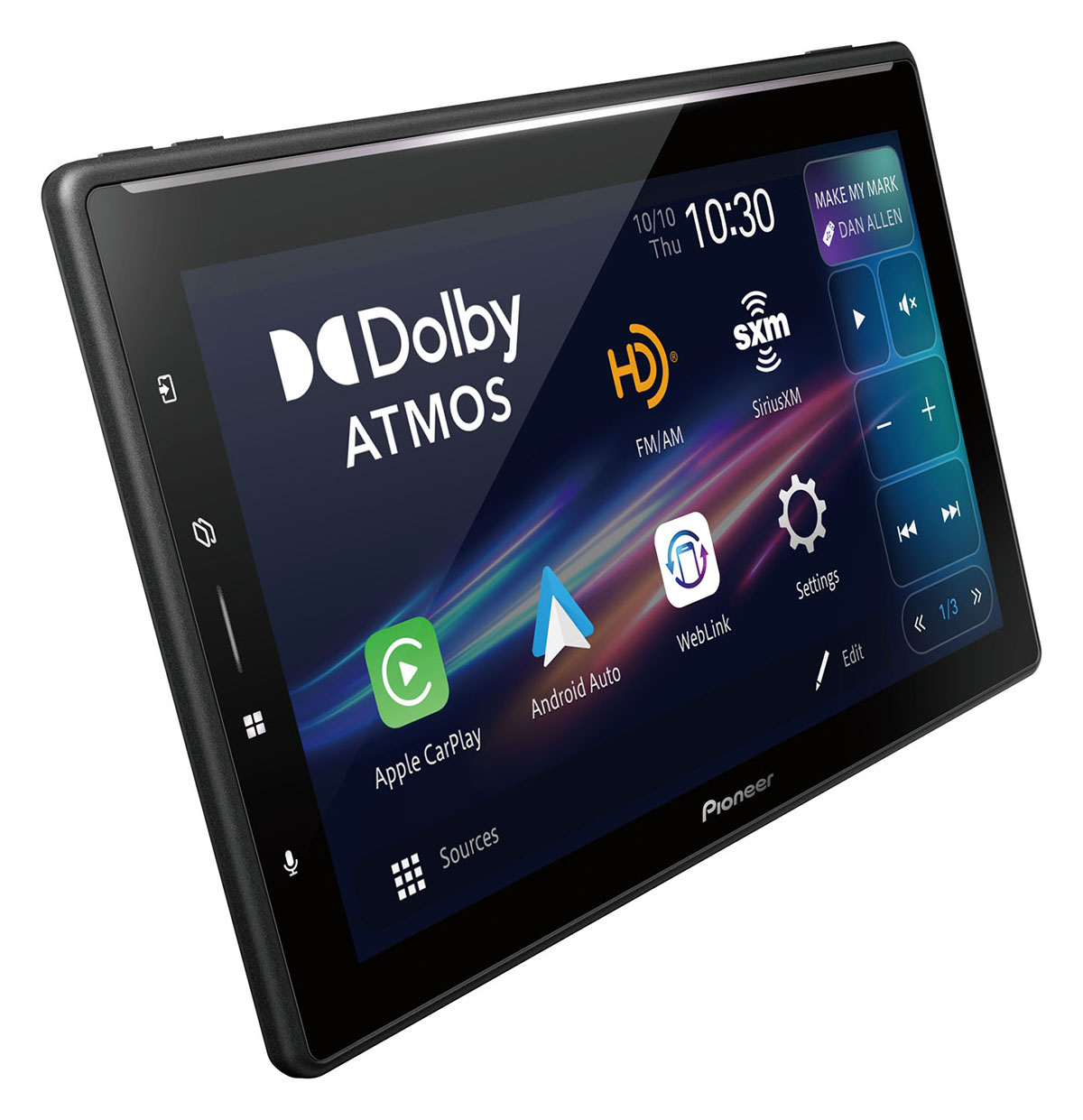
-
December 25, 2025ProductsPioneer Display Audio Factory-Installed in Suzuki Jimny and Jimny SIERRA 4WDs
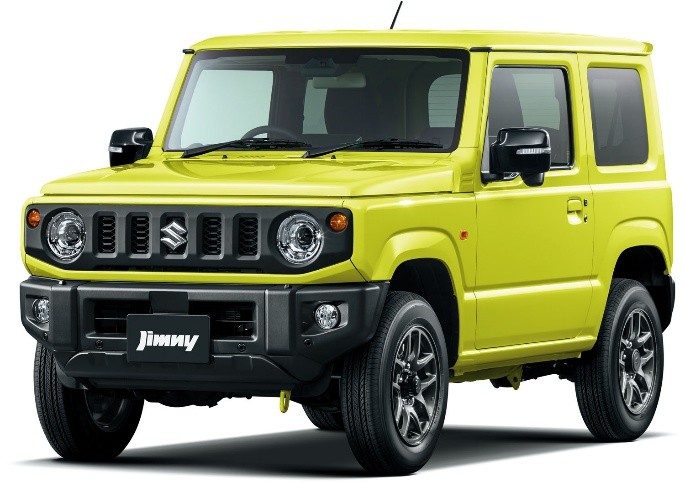
-
December 22, 2025ProductsPioneer to Unveil ŌĆ£Pioneer Ride ConnectŌĆØ UX Solution
for Two-Wheelers at CES 2026
Integration with HERE SDK designed for global market deployment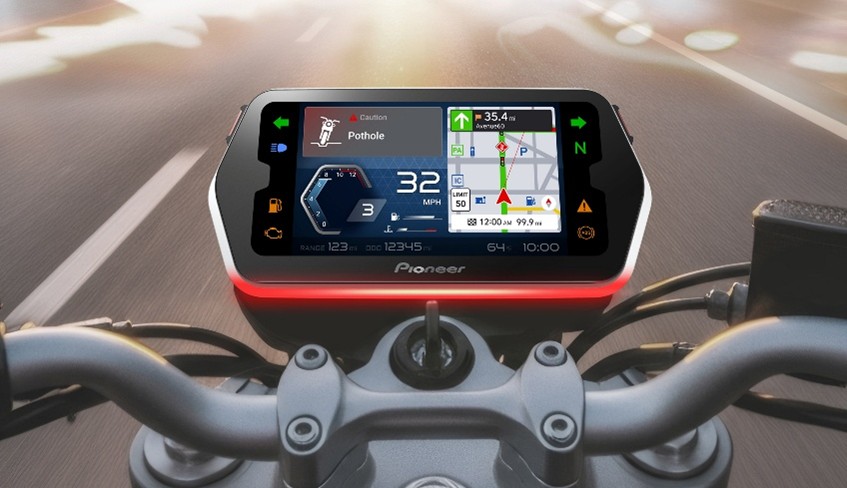
-
December 19, 2025ProductsPioneer Car Navigation System Factory-Installed
in Suzuki XBEE Compact SUV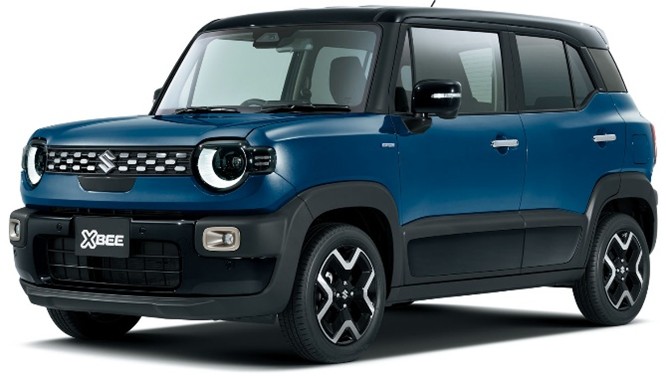
-
July 14, 2025ProductsPioneer to Supply Network-Connected Dash Cams to Tokio Marine & Nichido Fire Insurance for Its New Optional Auto Insurance Plan
Providing drivers with prompt and dependable post-incident assistance aided by recorded driving data and video footage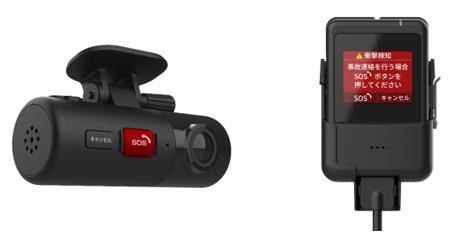
-
October 16, 2024ProductsPioneer's Car Navigation System is Adopted in Suzuki Motor Corporation's coupe-style SUV FRONX for the Japan Market
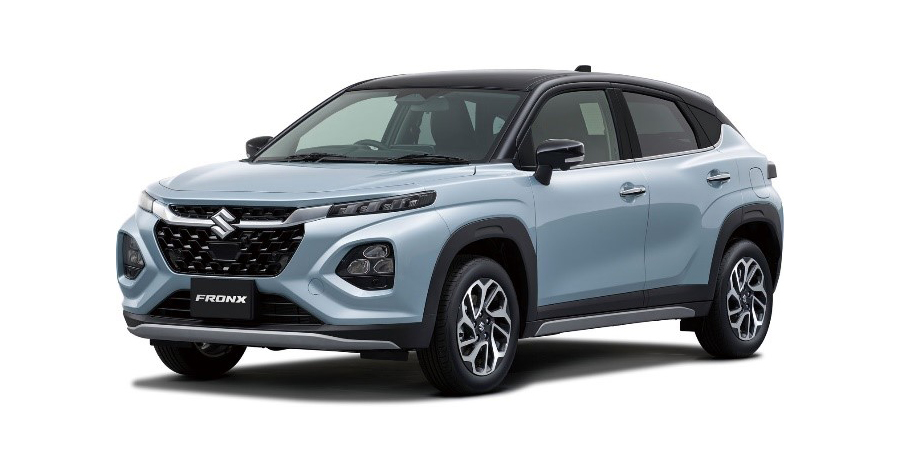
-
October 11, 2024ProductsPioneer COCCHi White-Label Solution Provides Basis
for Audi Navi App
Sophisticated driving-route guidance and driver assist enhance safety
and comfort on the road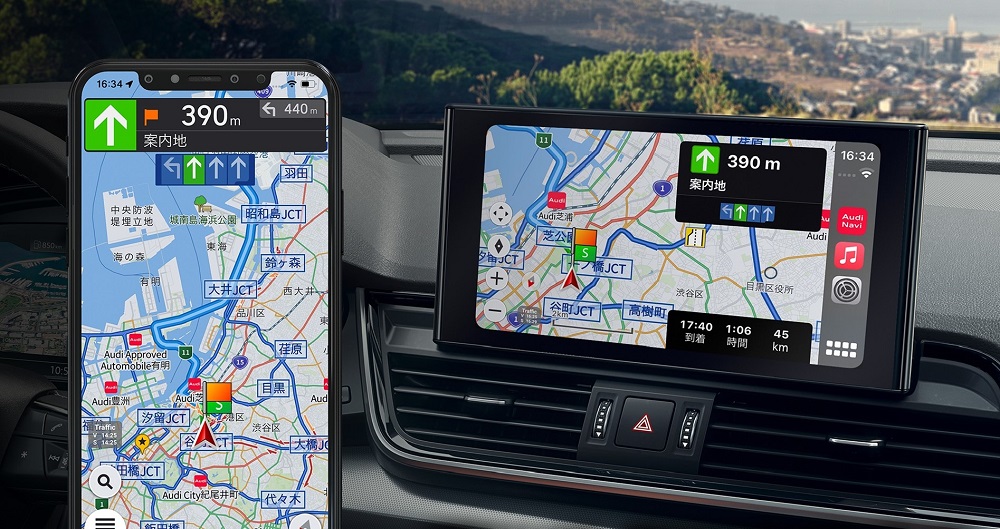
-
July 18, 2024ProductsPioneer's Car Navigation System is Adopted in Suzuki Motor Corporation's compact SUV, VITARA for the European Market
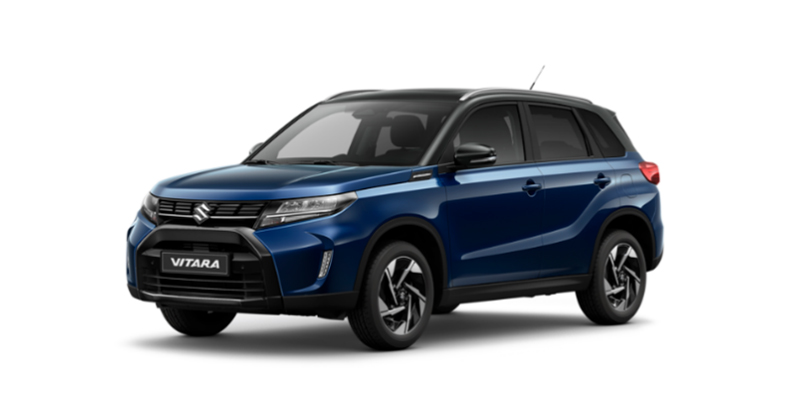
-
May 27, 2024ProductsPioneer Sound System Factory-Installed
in Toyota Land Cruiser 250

-
March 25, 2024ProductsPioneer Premium Sound System to Be Factory-Installed
in 2024 LEXUS GX SUVs
- Pioneer recognized by Toyota Motor as an innovative supplier -